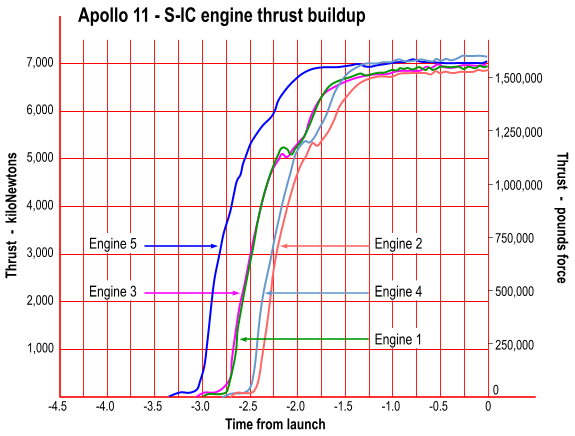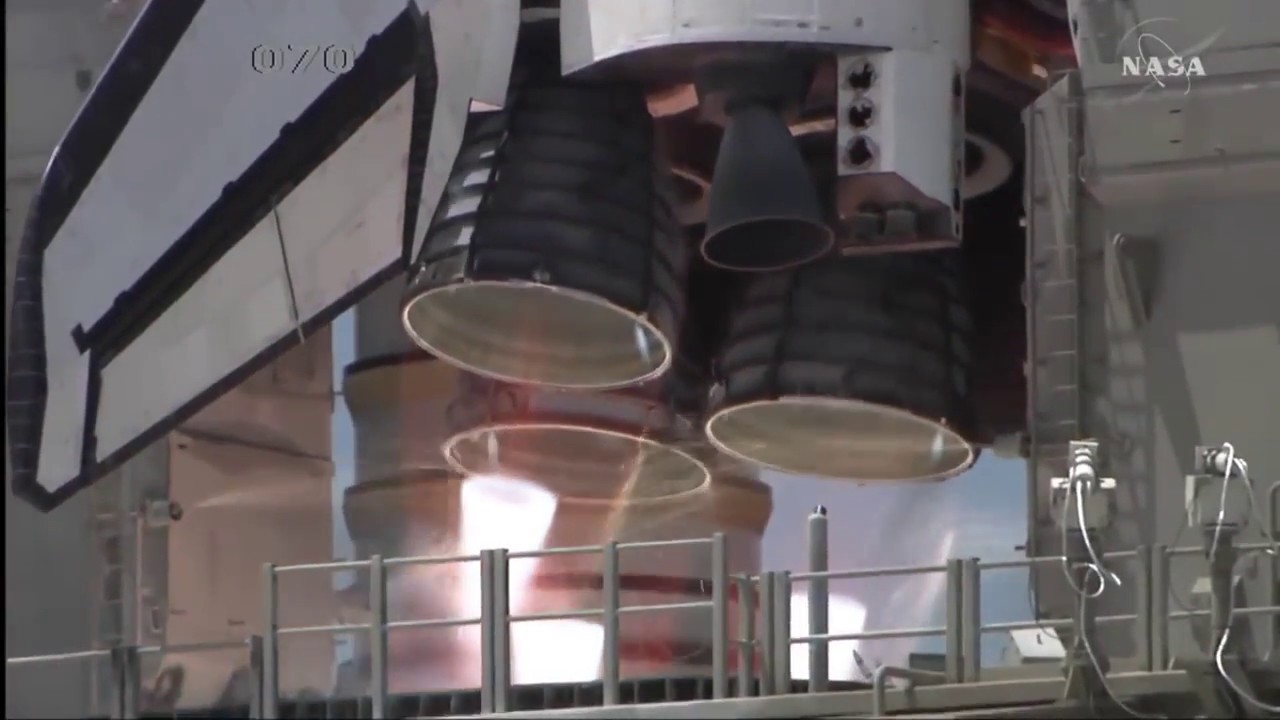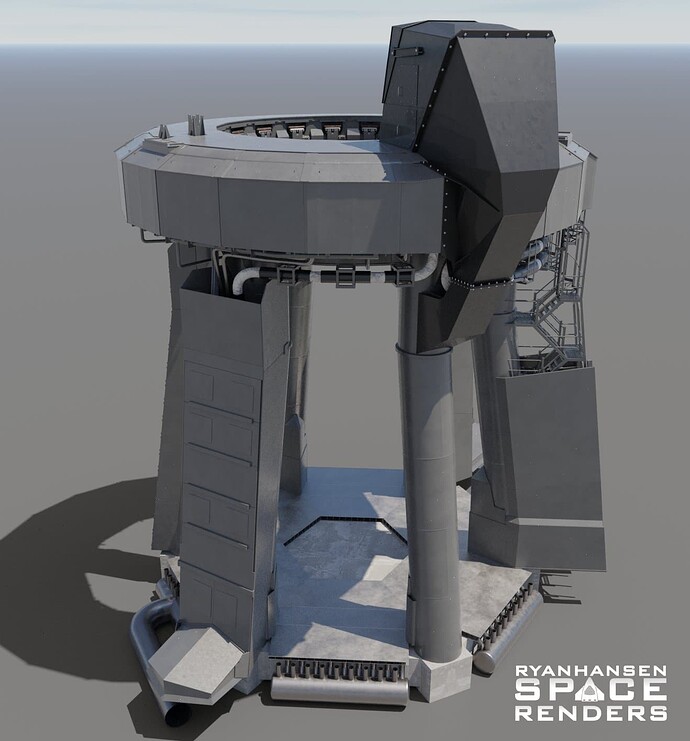In the early morning of 2023-04-30 (UTC, evening of the 29th in the Western Hemisphere), Elon Musk held an hour long Twitter Spaces conversation, “Starship”, co-hosted by Tim Dodd of Everyday Astronaut. This was a “Subscribers Only” event, so the link above will work only if you’ve signed up to pay Elon US$ 4 (why not 4.20?) a month for his special subscriber content because—he needs the money.
Michael Sheetz, who does subscribe, tweeted items he found worthy of note in the discussion, which have now been collected into a Thread Reader App document. Here are some of the remarks, all quotes from Elon Musk.
Musk: “The outcome was roughly in what I expected, and maybe slightly exceeding my expectations, but roughly what I expected, which is that we would get clear of the pad.”
Musk: “I’m glad to report that the pad damage is actually quite small” and should “be repaired quickly.”
Musk: “The vehicle’s structural margins appear to be better than we expected, as we can tell from the vehicle actually doing somersaults towards the end and still staying intact.”
Musk: From a "pad standpoint, we are probably ready to launch in 6 to 8 weeks.’
“The longest item on that is probably requalification of the flight termination system … it took way too long to rupture the tanks.”
Musk: Time for AFTS [Autonomous Flight Termination System —JW] to kick in “was pretty long,” about “40 seconds-ish.”
Musk: “There were 3 engines that we chose not to start,” so that’s why Super Heavy booster lifted off with 30 engines, “which is the minimum number of engines.”
The 3 engines “didn’t explode,” but just were not “healthy enough to bring them to full thrust so they were shut down”
Musk: At T+27 seconds, SpaceX lost communications due to “some kind of energy event.” And “some kind of explosion happened to knock out the heat shields of engines 17, 18, 19, or 20.”
Musk: “Rocket kept going through T+62 seconds” with the engines continuing to run. Lost thrust vector control at T+85 seconds.
Musk: Generated a “rock tornado” under Super Heavy during liftoff, but SpaceX does not “see evidence that the rock tornado actually damaged engines or heat shields in a material way.” May have happened, but “we have not seen evidence of that.”
⋮
Musk: Reason for going with a steel plate instead of a flame trench is that for payloads in the rocket, the worse acoustic environment doesn’t matter to the payload since it’s about 400 feet away.
⋮
Musk: “Definitely don’t” expect lunar Starship (under the HLS project) to be the longest lead item for the Artemis III mission.
“We will be the first thing to really be” ready.
Musk: Probably an 80% probability of reaching orbit with Starship this year, and “I think close to 100% chance of reaching orbit within 12 months.”
Read the whole thing.
Jeff Foust of SpaceNews has posted a summary, “Musk predicts next Starship launch in a ‘couple months’ ”.



